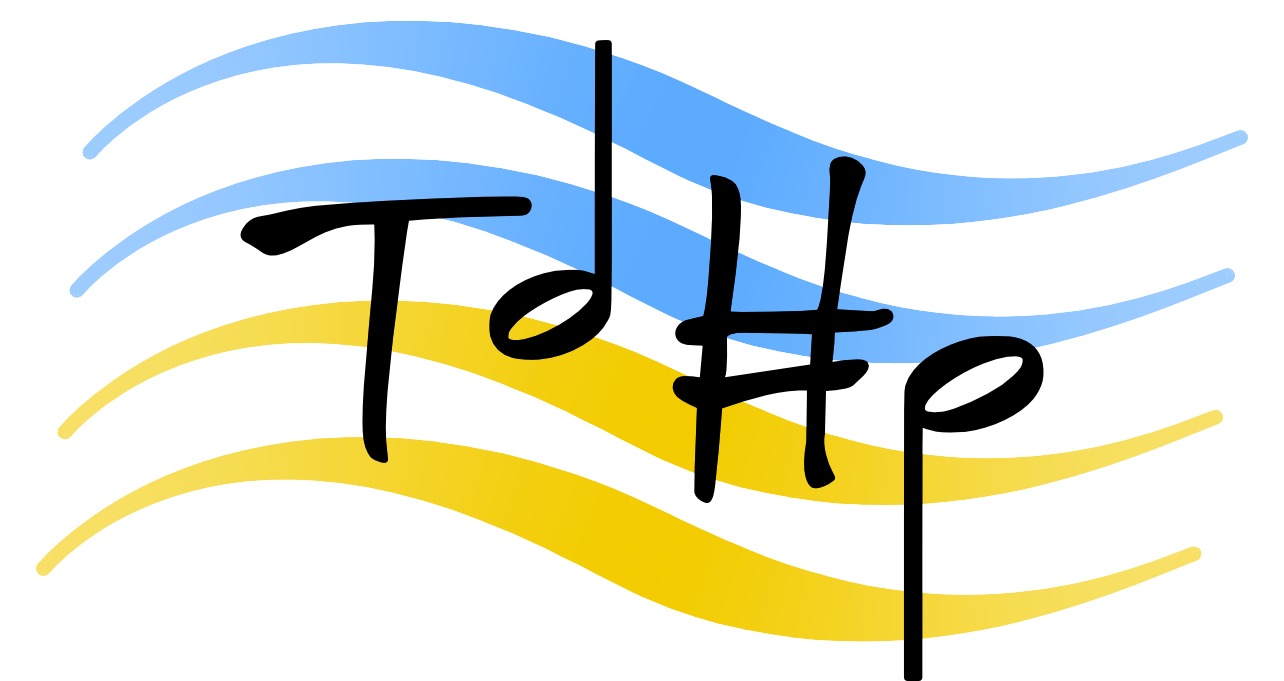
Thomas Alexandrovich de Hartmann (1885-1956) : Violin Concerto, Op. 66; Cello Concerto, Op. 57. Joshua Bell, violin/Lviv Symphony Orchestra, conducted by Dalia Stasevska; Matt Haimovitz, cello/Leipzig Radio Symphony Orchestra, conducted by Dennis Russell Davies. 2022 and 2024. English notes. 65′ 52”. Pentatone PTC 5187 076
Even if his surname does not indicate it a priori, Thomas de Hartmann is a Ukrainian composer, whose knowledge, beyond the borders of his country, has only developed since 2006, the year of the fiftieth anniversary of his death, thanks to the establishment of a “Thomas de Hartmann Project” initiated by the pianist Elan Sicroff (°1950) and the guitarist Robert Fripp (°1946). The latter is a follower of the essentially spiritualist theses of the philosopher of Armenian origin Georges Gurdjieff (1877-1949), who advocates the harmony of the vital forces of the human being with the cosmic order. De Hartmann met Gurdjieff in 1916 and began a collaboration with him lasting a dozen years in France, which produced dozens of pieces of Eastern sacred music, an “objective music” that addresses the emotions and the psyche of the listener. More details can be found in the notice signed by Elan Sicroff. The “Hartmann project” has been realized, in recent years, by recordings by Toccata (orchestral music) and by Nimbus (chamber music, for piano by Elan Sicroff, and melodies). This time, Pentatone offers two very remarkable concertos, for violin and for cello, in transcendent interpretations. They place the composer in the spotlight of current recordings.
Born in the north of Ukraine, in Khoruzhivka, in a family of Russian aristocrats, de Hartmann trained at the Saint Petersburg Conservatory, with, for the piano, Anna Essipova (1851-1914), a student of Theodor Leschetizky who would become the latter’s wife, and with Anton Arensky, then Serge Taneyev for composition. In 1907, he was applauded for his ballet The Red Flower , danced in particular by Nijinsky and Anna Pavlova. He was in Munich the following year and formed an unbreakable friendship with Wassily Kandinsky, which explains the presence of a painting by the latter on the cover of the album, and joined the artistic avant-garde. After meeting Gurdjieff, he went to the Caucasus during the 1917 Revolution, then to France, in the Paris region, where he met the mystic with whom he worked. He earned his living by writing music for the cinema. From 1934, his personal production grew in scope. His music (seven concertos, four symphonies, suites, ballets and an opera) was appreciated; he became friends with Paul Tortelier, Jean-Pierre Rampal and Marcel Moyse, and with the conductors Eugène Bigot and Serge Koussevitzky, who would be his interpreters, including Pablo Casals who would play him at the Prades Festival. In 1950, he settled in the United States, where he died after having oriented his writing towards a more modern language, whereas previously, he had mainly composed in a late romantic style.
With the two scores brought together here, we reach the heights of an inspiration that is both internal and passionate. The Violin Concerto , a true masterpiece, was composed in 1943 in Garches, in the Île-de-France region, where Hartmann settled when the Germans occupied France. He dedicated it to a friend, the Jewish violinist Albert Bloch, who was unable to premiere it, having died in exile. It was the first violin of the Concerts Lamoureux, Georges Alès (1903-1996), who took charge of it in March 1947, under the direction of Eugène Bigot. There is a private version, made in 1963 at the initiative of the composer’s widow, with the same soloist, during a concert by the Radio de Paris. The American musicologist Evan A. MacCarthy specifies in the notice that this concerto is a lamentation in the face of the destruction of Ukraine during the Second World War; the parallel with the current situation is obvious in this engraving made in Warsaw in January 2024.
In four movements, in a warm and colorful orchestration, the work, very virtuoso, includes a theme inspired by the traditional air Kamarinskaya (dance and song) that Glinka orchestrated in 1848, passages that resemble a song of distress shouted by the soloist’s bow, with orchestral climaxes, moments of painful lyricism (the Andante , dialogue between the soloist and the strings), a brief whimsical Menuet (with the strings muted) and a brilliant final Vivace . Exciting from start to finish, the score benefits from the total investment of the American Joshua Bell (°1967), very committed, very attentive to the pains expressed, handling the lamentation with a moving sincerity. The Ukrainian phalanx of Lviv, conducted by Dalia Stasevska, gives this “klezmer concerto”, as the composer called it, a momentum and enthusiasm that wins total support.
Equally imaginative, the Cello Concerto in Three Movements (1935) was premiered in Boston in April 1938 by Serge Koussevitzky, with Paul Tortelier, who would perform it in concerts until the 1950s. Although not Jewish, Hartmann used themes from this folklore to denounce the horror of the persecutions then in force in Germany. The result is a poignant score, whose melodies are nourished by contrasting colors and an intense and gripping lyrical flow. The central Andante , with its accompaniment by strings and harp, with winds and percussion adding irregularly, symbolizes, in the composer’s words, the prayer of the suffering people. Magnificently performed by Matt Haimovitz (b. 1970), who intensely chisels out all of its emotional substance, shared by the Leipzig Radio Orchestra conducted by Dennis Russell Davies, this score, recorded in 2022, three months after Russia’s invasion of Ukraine, is, like the Violin Concerto , a true discovery, which enriches the instrument’s repertoire.
This album, to be acquired without delay, is a masterful homage to two concertos which deserve to appear on the bill of many concerts, their symbolic relevance being more in phase with the menacing upheavals of our time.
Jean Lacroix
